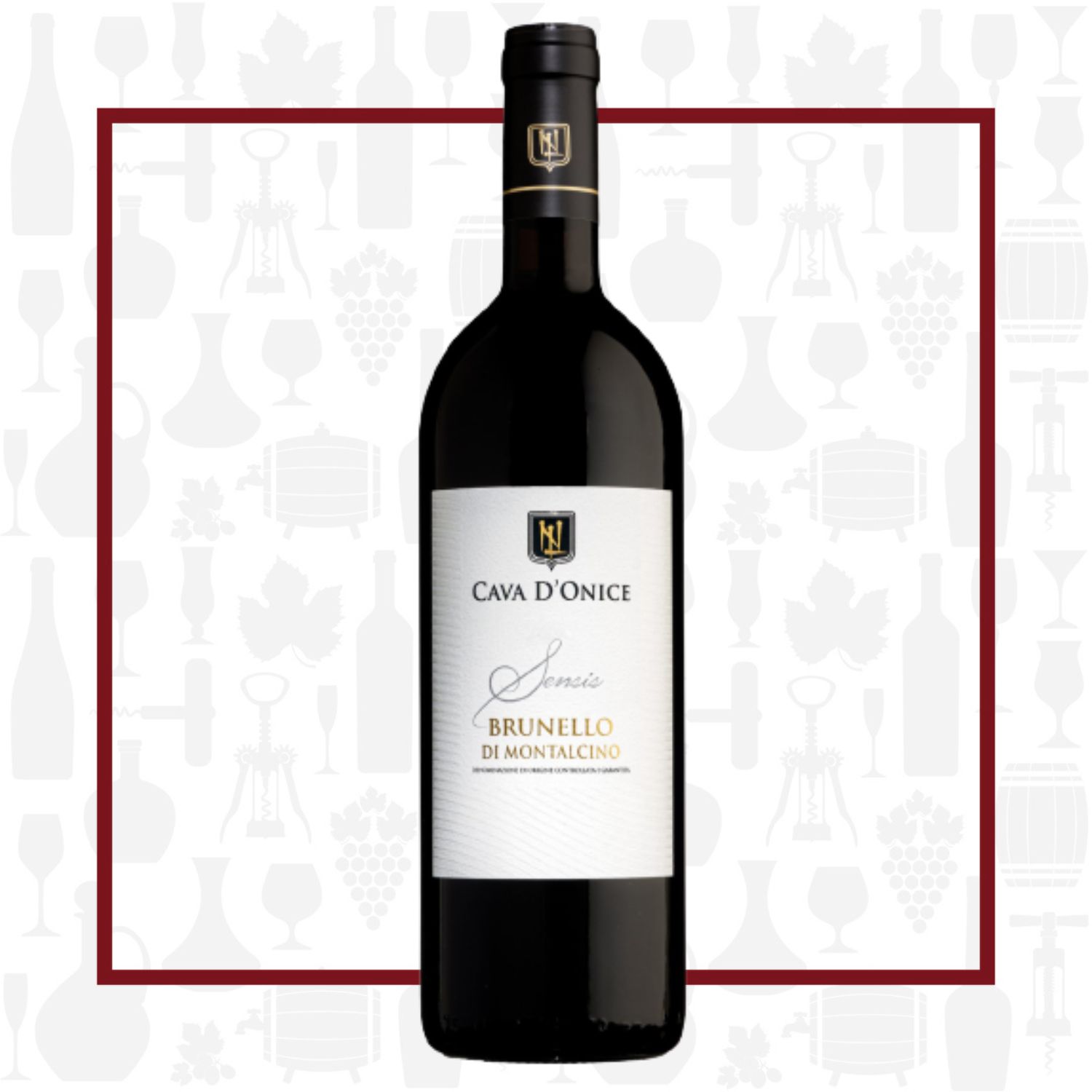Cellar Profile
In the early 1980s, Valtor Nannetti bought a tiny farm named “Colombaio”, in the heart of the Castelnuovo dell’Abate subzone of Brunello di Montalcino, overlooking the famed Val d’Orcia. Valter’s son, Simone, joined his father in the cellar at the young age of 14. Simone then set out on his own, working in the renowned Constanti Winery and acquiring a few tiny vineyards, before he and his wife and Valter created Cava d’Onice, so named for the Onyx Quarry nearby. The farm was Brunello-certified in 1995, producing its first vintage of Brunello in 2000. The sheets of limestone that speckle the vineyard, as well as its calcium rich soils, are the perfect mix to create elegant, sophisticated and balanced Sangiovese. In addition to their iconic Colombaio single-vineyard Brunello, they also offer a range of exquisite wines from some of the finest vineyard sites in the region. Sustainably and organically farmed, the winery yields are shockingly small, with fruit purposely dropped in order to focus on complexity, quality and ageability. Their tiny production is eagerly sought after by collectors, but these wines are aged and crafted to enjoy upon release.
Region
The Brunello region is centered around the town of Montalcino, in the warmest and most arid part of Tuscany. Tuscany is a land of rolling hills and valleys and Brunello is no exception. The prime vineyard spots are generally in the middle of a hill, with Southern or Eastern exposures. The warm days during the growing season are accompanied by cool evenings, ensuring long hang times, full phenolic ripeness and legendary structure. A tiny appellation completely dedicated to growing Sangiovese, the wines of this region are prized for their superior quality. It was not known until the 1980s that the “Brunello grape” was actually a clone of Sangiovese, like their neighbours in Montepulciano and Chianti. Soils in the region are mineral rich and contain limestone, schist, volcanic mixes, clay and “galestro”, a form of marl. To be DOCG Brunello, the wines be must be 100% Sangiovese Grosso, the Brunello clone and must spend a minimum of 24 months in oak and another 4 months in bottle before being released. Rosso di Montalcino must be 100% Sangiovese as well, but need only spend a minimum of 6 months in barrel and a total of one year of aging before release.
Vineyard
Cava d’Onice wines are sourced from the four family vineyards: two small parcels in Torrenieri, one in Il Greppo and one in the home estate in Castelnuovo dell’Abate. The Colombaio comes exclusively from the family’s original, heritage vineyard, a stone’s throw from the Onyx quarry that gave the winery its name. The soils are calcium clay sitting on top of limestone, adding minerality and structure to the wines. Organically farmed, Cava d’Onice keeps its yields absurdly low in order to focus on quality.
Winemaking
The hand-harvested fruit is brought in small bins to the winery, where it is hand-sorted to ensure only the finest berries are used. The juice macerates on its skins in a combination of cement and stainless steel, with daily manual punchdowns for three to four weeks. After a 10 day, slow fermentation, the wine is aged for 3 years in a combination of 500L and 1500L French oak, before a further year of bottle aging. It is bottled unfined and unfiltered. A scant 2000 bottles are made each year.
Varieties
Sangiovese, a dark-berried vine, is the most widely-planted grape variety in Italy. Sangiovese is the core constituent in some of the great names in Italian wine and is virtually synonymous with the red wines of Tuscany and all the romanticism that goes with the territory. It is prized for its high acid, firm tannins and balanced nature. Savoury flavours of dark cherries and black stone fruit are characteristic and may be backed by secondary notes of tomato leaf and dried herbs. The use of oak has become more popular and this coaxes richer flavours from the grapes, tending toward plum and wild raspberry. There are several of clones of this variety. The one that must be used to produce Brunello is Sangiovese Grosso, which is known to produce wines of power and elegance that are longer maturing.
Tasting Notes
Power and elegance personified. A heady nose of plum, blackberry, blueberry and baking spice. The palate is rich and unctuous, with the palate-coating richness balanced by full, but supple tannins and bracing acidity. A wine for the long haul, but eminently enjoyable now, the black fruits are joined by kirsch, earth and a savoury, almost meaty undertone. Make no mistake though, the fruit here is lifted and the wine is not brooding or dense. Decant and serve alongside a medium-rare rib steak, or with thinly sliced carpaccio drizzled with truffle oil.

